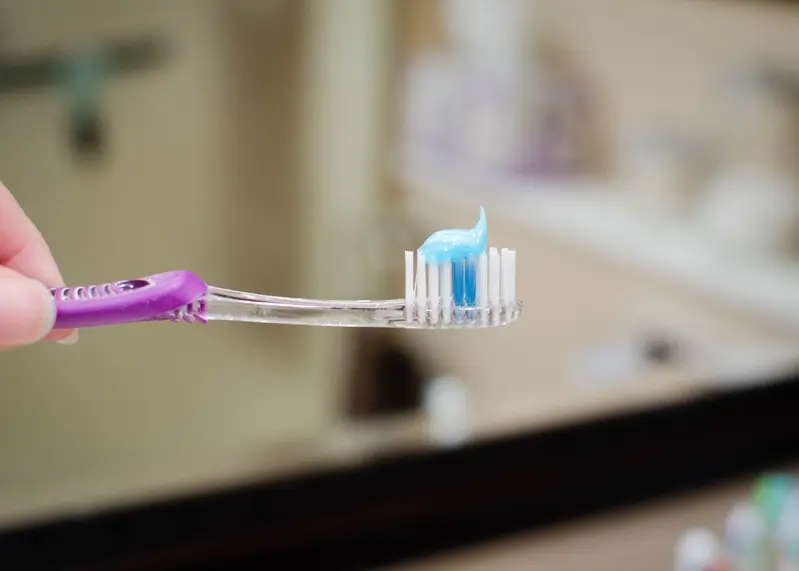Tooth decay is the most common thing we're warned against in the media when it comes to our teeth. From chewing gum to toothpaste commercials, we're told to prevent tooth decay. What does tooth decay really look like though?
It can be hard to know if you're doing enough to prevent tooth decay without the right education. Take the time to understand the symptoms of tooth decay, how it starts and what you can do to prevent it from eventuating.
What is tooth decay?
Around each of your teeth is a layer of hard enamel. This enamel is your body's way of keeping your teeth strong for biting and chewing, but it's not impervious to the slow build up of plaque. Decay is the softening of this enamel, and subsequent deterioration of the tooth's structure, at the hands of acids produced by built-up plaque. As decay progresses, the damage to your teeth may result in what's called a cavity – a hole in your tooth.
Decay can become more severe when acids begin to wear away at the next layer of your tooth, the dentine, as this risks exposing nerves, thereby causing potentially intense pain. If you feel pain at the root of your teeth, book an appointment with a dentist as soon as possible.

The symptoms of tooth decay
Identifying tooth decay early can save you from a lot of pain and expensive procedures. It's important to listen to your body and respond to any pain you may feel in your teeth. Look out for these symptoms of tooth decay to catch it as early as possible:
- Toothache: Ongoing pain may suggest a damaged tooth or developing cavity.
- Sensitivity: If a tooth is sore when you eat or drink sweet, hot or cold food and beverages, when you've not otherwise experienced teeth sensitivity, you may be experiencing tooth decay.
- Staining: A developing cavity may first appear as a white dot on the surface of your tooth. As decay progresses, this may darken to brown. This mark will likely be very soft, not hard like the enamel of the rest of your teeth.
- Biting pain: Should you experience pain when biting down, you may be putting pressure on a hidden cavity.
- Bad breath: Decay doesn't smell or taste good. Halitosis may be a sign of cavities, or otherwise gingivitis.
- Cavities: If decay is allowed to continue, you may be able to see the holes in your teeth simply by looking.

Preventing tooth decay
Tooth decay occurs due to the build up of plaque. This is the soft, sticky film on your teeth that builds up every day. Bacteria thrives within plaque and this particular bacteria uses the sugar in foods you eat to produce acids. These acids then work to decay your teeth.
Preventing tooth decay comes down to a healthy diet and a thorough, regular oral hygiene routine.
Avoid food and beverages with high sugar content, particularly sweets and soft drinks. If you do enjoy these treats, be sure to brush, floss or otherwise chew sugar free gum afterwards to wash away or neutralise any harmful plaque and bacteria.
You should also make a point to brush your teeth with a fluoride toothpaste and floss at least twice a day. Fluoride is a very common ingredient in tooth pastes and is known to prevent tooth decay.
Regular dentist visits are also important in preventing tooth decay and other oral health complications, as a dentist may be able to identify problems you aren't aware of and stop them before they worsen.
If you're worried about tooth decay, or just need to book your biannual check-up, schedule an appointment with City Dentists online or call 04 978 4964 today.
